Table of contents
Guest writer: Jonathan Gharbi de Maré
Oman is one of the countries few people know about even if they have visited the neighbouring United Arab Emirates and other countries in the Gulf. The country is not really known for anything special and the name doesn't really stick when you read it so it's easy to forget about it just like Slovenia or Armenia.
Dubai is the UAE's largest city and the nearest popular tourist destination. If you have three days in Dubai, you can visit some of the best places in Oman. Three nights is plenty of time, but you can also do it in two if you like it fast.
The country ranks around 100th in terms of popularity among tourists, so it's far from a charter destination. But the country has a lot to offer and unlike the others in the region, it has a long history. Most of the oil-producing countries in the region were largely insignificant a hundred years ago, so Oman is the country to visit to experience history.
Oman has been occupied by the Portuguese in the 16th century and the British in the 19th century. For a long period, East Africa and Zanzibar also belonged to Oman, with power emanating from Muscat.
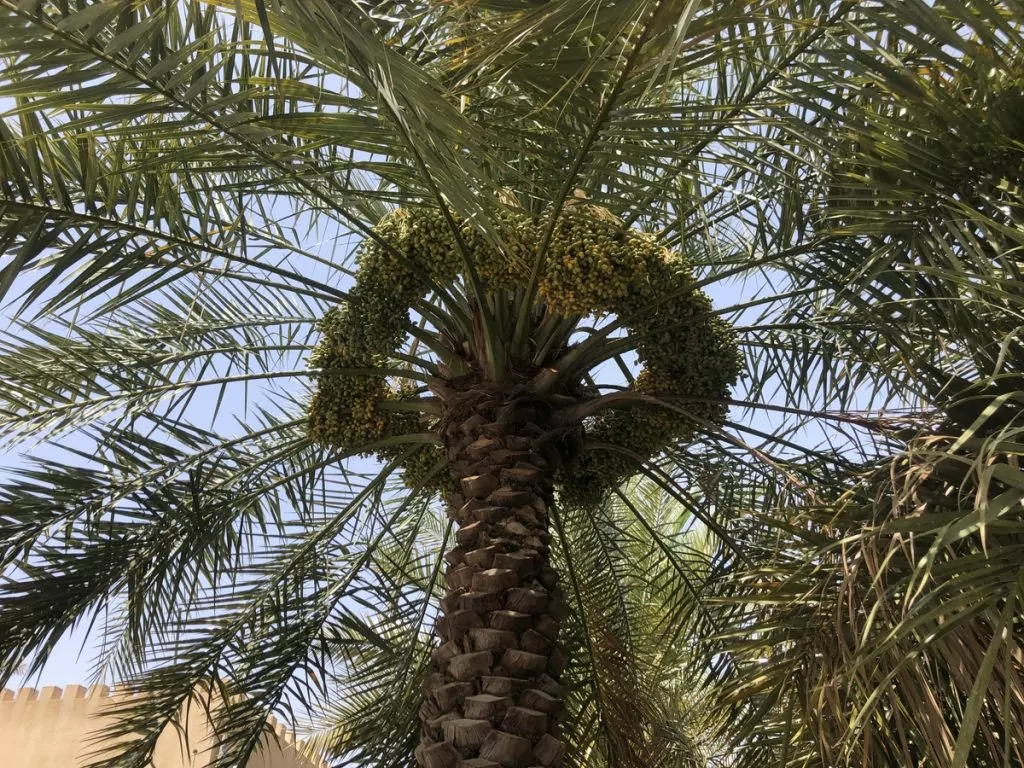
How to get there
You can drive to Muscat from Dubai or Abu Dhabi and it takes around two hours to reach the border and then an hour for the border crossing. It is also possible to fly to Oman's capital Muscat, travelling by both regular and low-cost flights.
The country is a narrow strip of coastline so it's a long way down to Salalah, which is in the south near Yemen. You can also fly there if you want to experience beautiful nature and visit one of the parks with leopards and gazelles.
If you want to visit the northern part of Oman, you have to pass the United Arab Emirates by car. The north is an isolated area surrounded by the UAE and located on the extreme tip of the Arabian Peninsula. It is called Musandam and is ideal for those who like mountains and trekking.
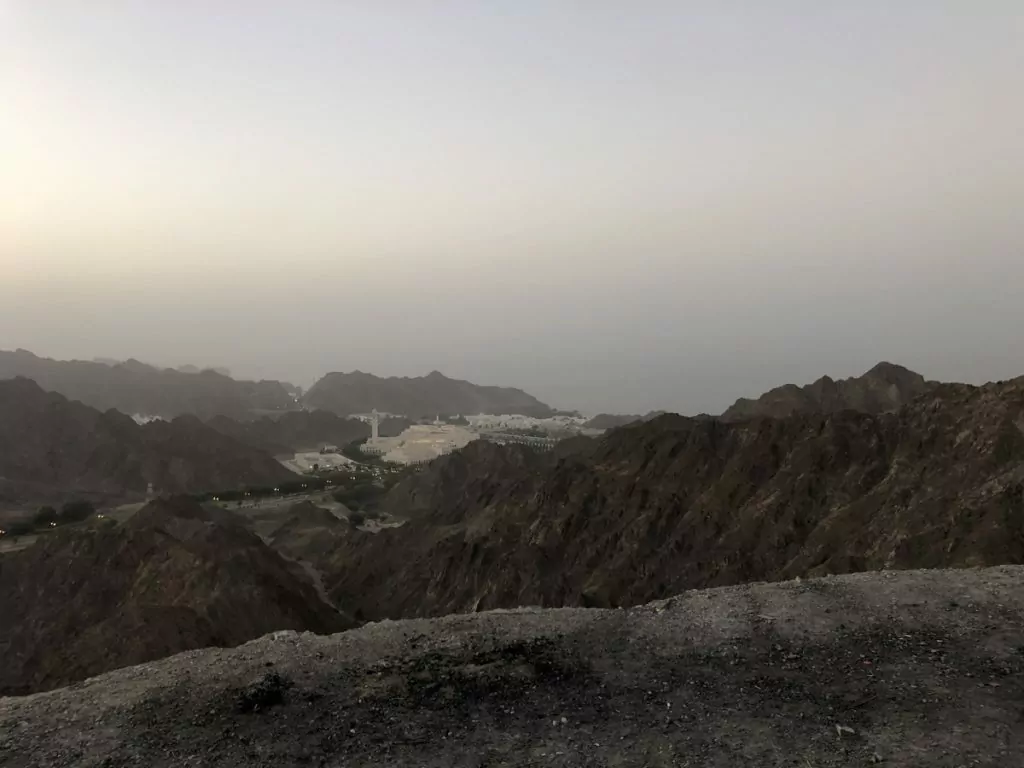
What is Oman like?
Oman is not as rich as the other countries in the region and locals work in most industries which is nice when travelling around. It may sound a bit strange but in the neighbouring countries, the citizens do not work in simple jobs but they are performed by migrant workers. In the Arab Emirates, migrant workers make up 85 % of the population while in Oman it is the opposite.
Omanis are hospitable and tourism is appreciated even though the country has a relatively small tourist industry. The country is safe to travel around and if you're in the region, Oman is where you'll be surprised by the variety of both nature and culture. Mountains and dramatic bays in the north of Oman, high green-clad mountains in the south where gazelles, leopards and desert foxes roam are unique to the region.
Local craftsmen and artists have preserved many designs and traditions from the glory days when Zanzibar was part of Oman. The country is mountainous, and thanks to the mountains' proximity to the Indian Ocean, clouds accumulate, releasing substantial amounts of rain during the winter months. If you visit Oman after the winter rains, it can be really green. There are also plenty of underground springs and oases that are widely used for growing mainly dates but also bananas and other fruit.
Many people travel to Oman to dive along the steep coasts. Small, cute sharks are common, less than a metre in length, and can sometimes be seen very close to the beaches to everyone's delight.
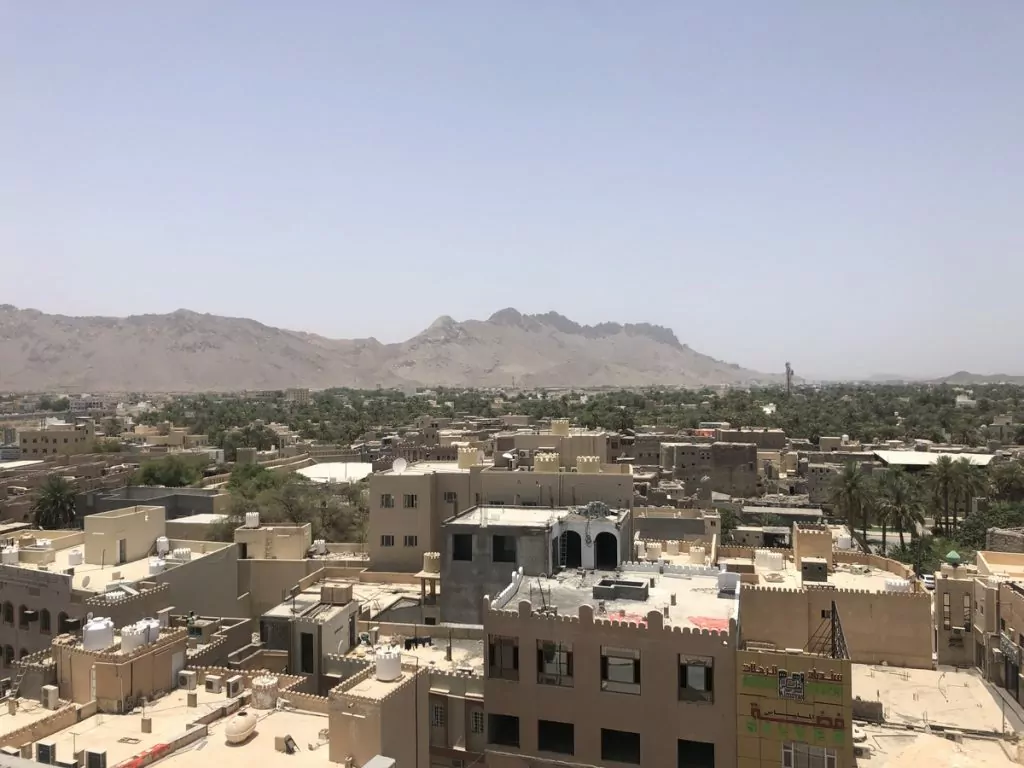
Nutmeg
It seems unreal that the small town of Muscat once ruled the coasts of Somalia, Kenya and Zanzibar. The city has a population of around 30,000, making it very pleasant to visit, while most of the region's 1.2 million inhabitants live outside Muscat. The town is sandwiched between the mountains and the Indian Ocean, which means there are plenty of fish restaurants if you get tired of the biryani and grilled kebab skewers that are popular in most restaurants.
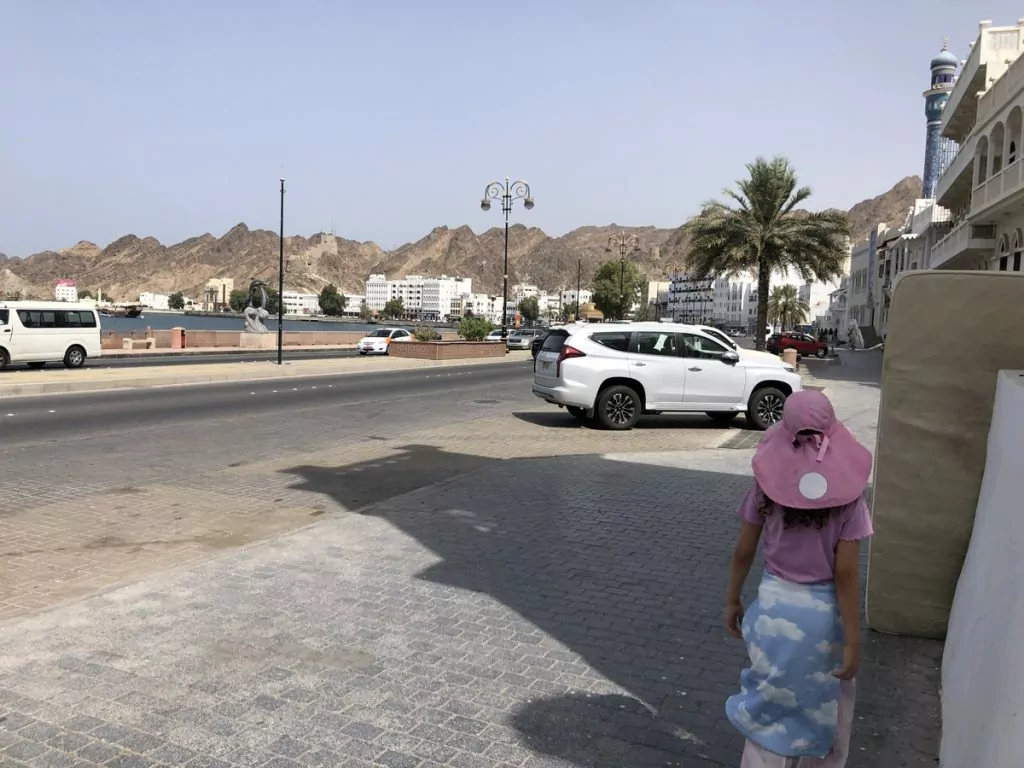
There are some smaller museums and a lot of buildings that testify to the country's rich history. It may seem modest compared to European history but compared to Dubai, where the oldest buildings are 50 years old, Muscat feels almost magically old.
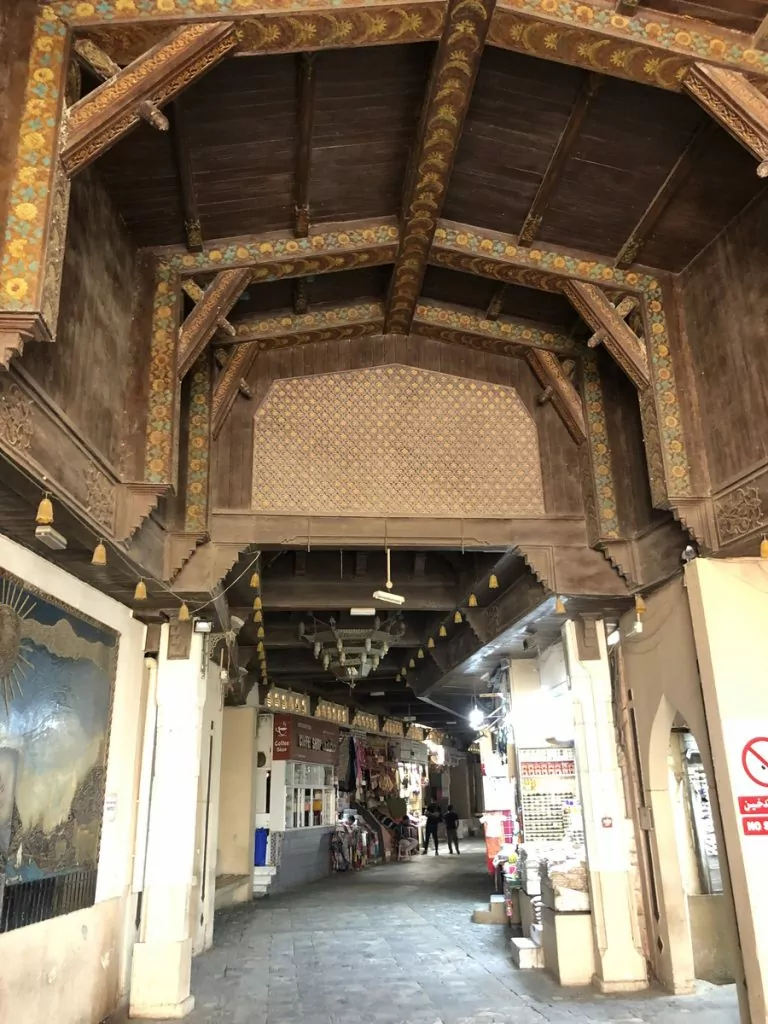
There is a harbour where both fishing boats and huge cruise ships come in and it is also where the old market is located as well as some museums and galleries. Before or after visiting Muscat, there are some really cosy towns to visit and you can get to them by car.
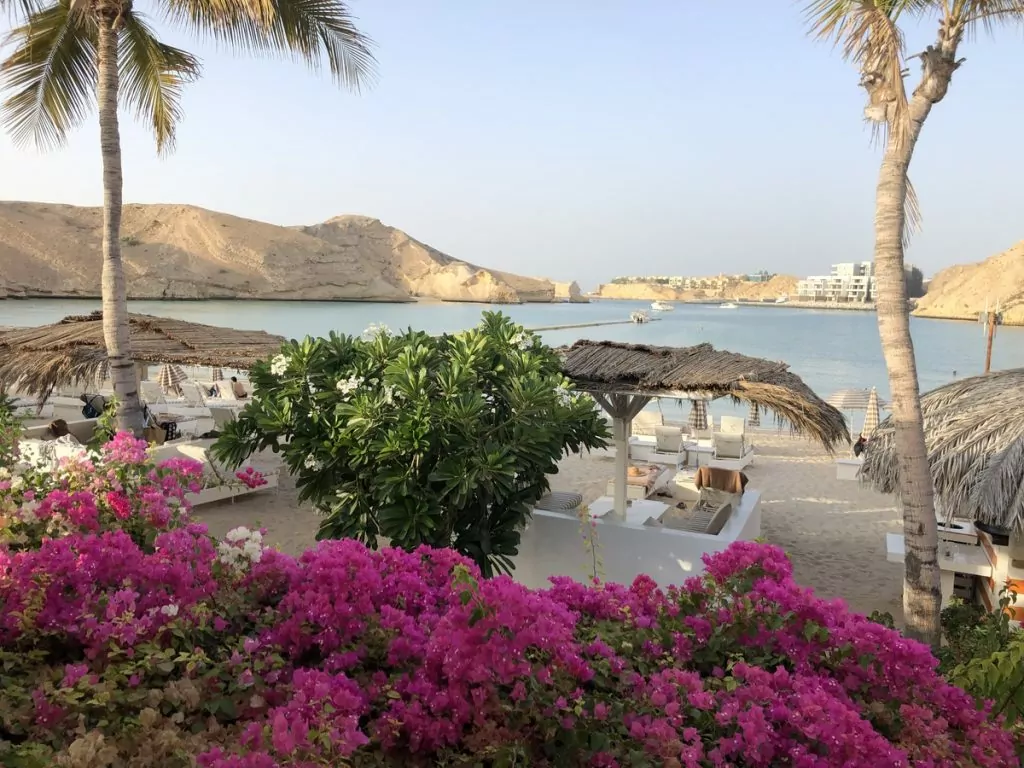
Nizwa
One of the many beautiful areas to visit is Nizwa where Nizwa Fort is located. It's up in the mountains and everywhere you go there are small farms connected to springs and irrigation systems. The small canals that run around the crops are called falajas and are cleverly constructed to cope with the harsh climate, sometimes stretching for kilometres.
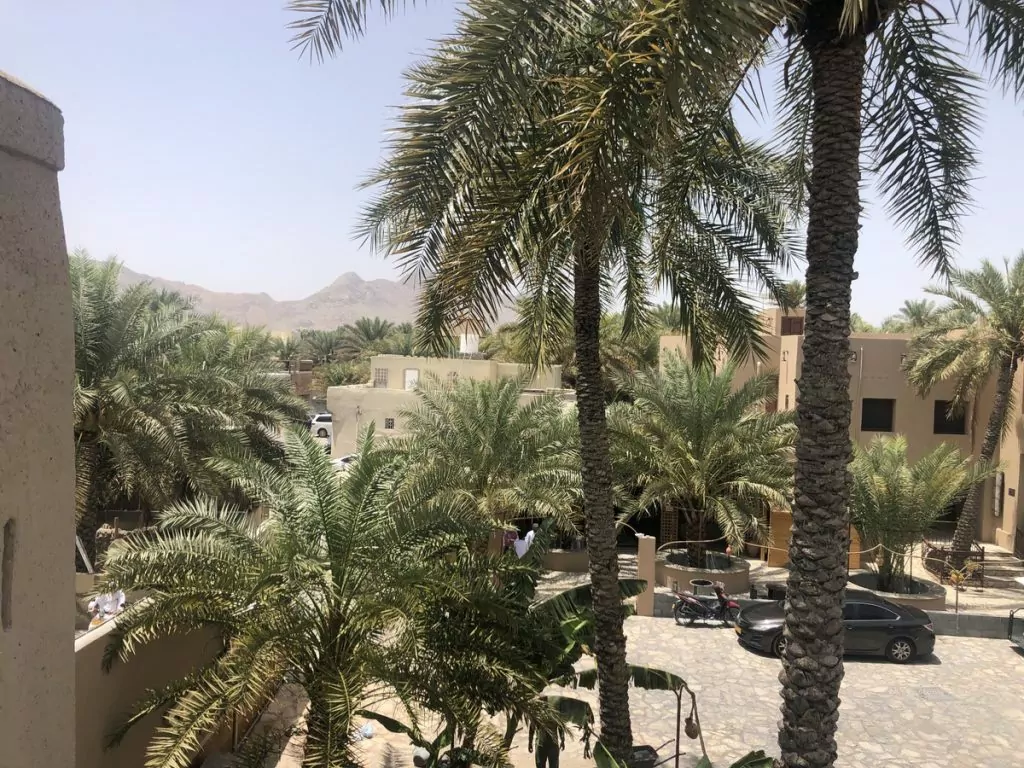
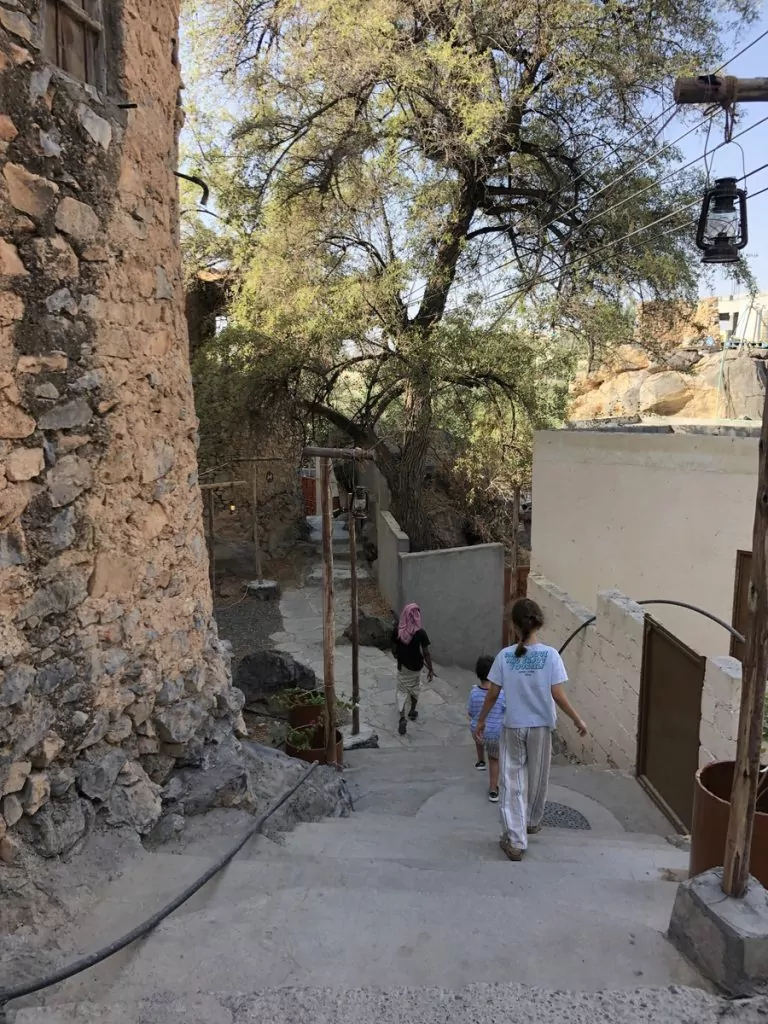
The fort in Nizwa is built on the remains of a wall that was there in the 13th century and the fort was completed in the 17th century. The area is full of walls and towers that are hundreds of years old and several hotels in the same style are hidden here and there. There is also a Swedish cannon outside the fort's entrance.
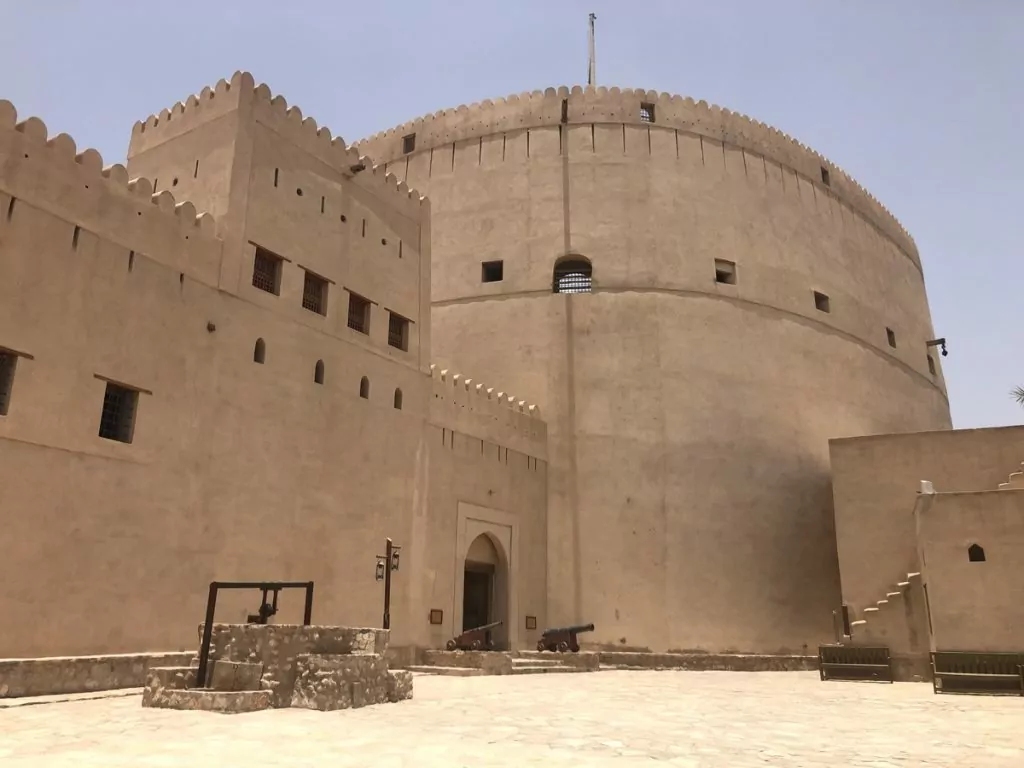
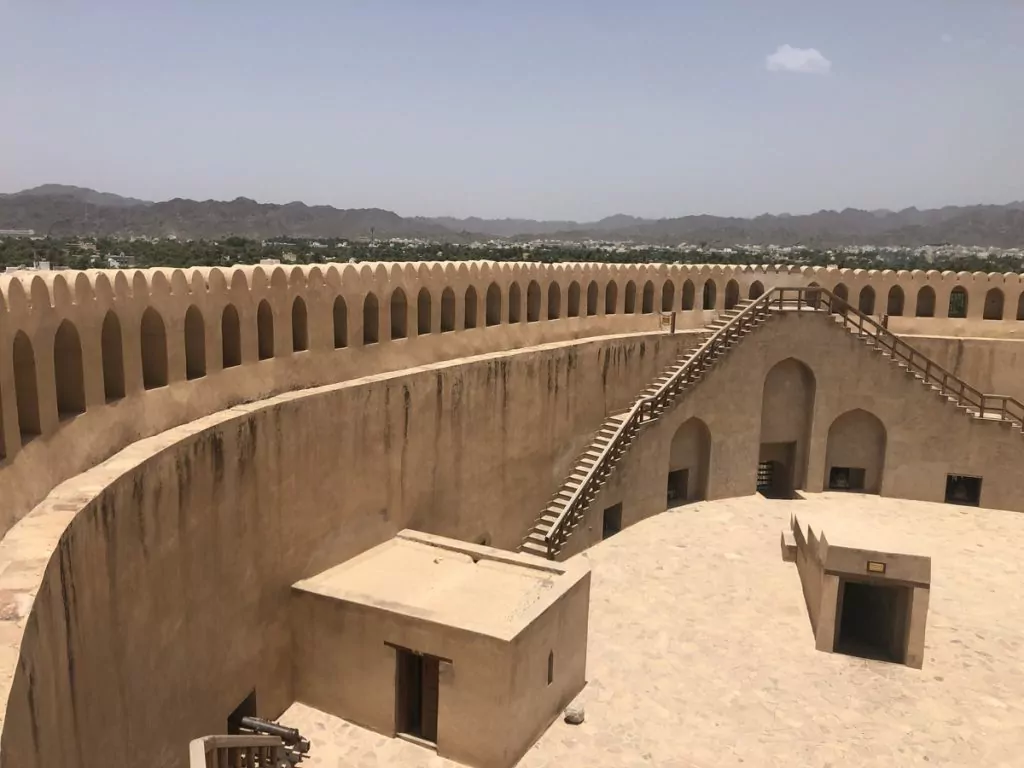
Around the fort there are also the usual shops and restaurants, but the best place to visit is the marketplace where all the craftsmen sell everything from earthenware to instruments and clothes. As the country has influences from both East Africa and the Arab world, there's plenty to take home with you.
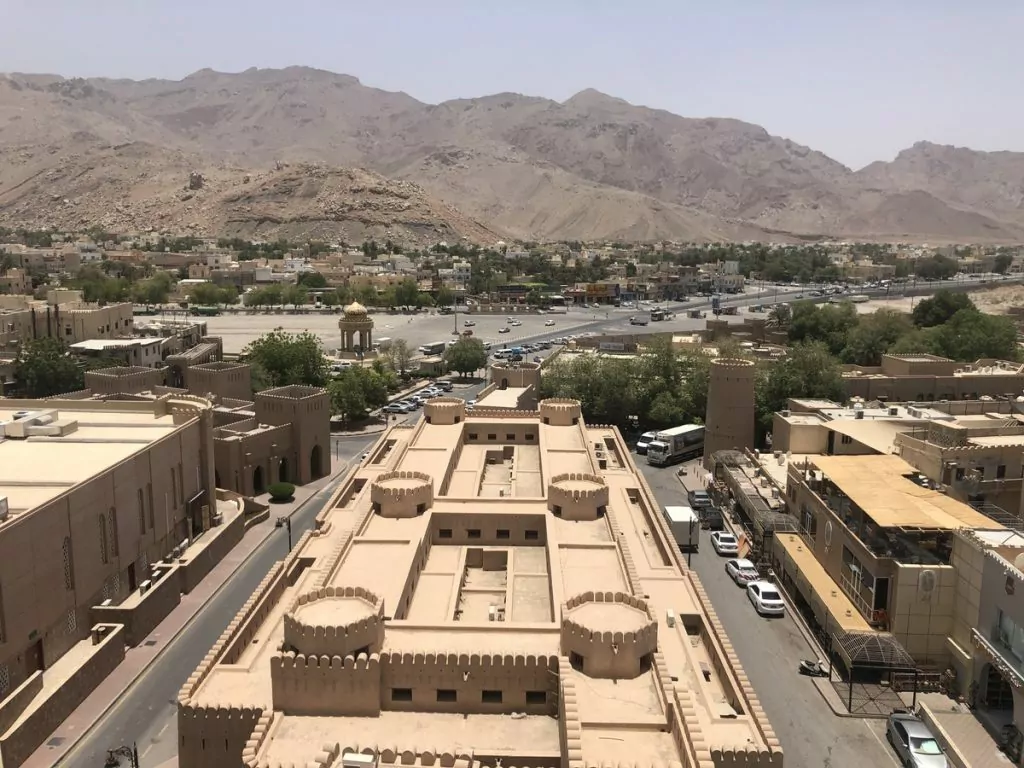
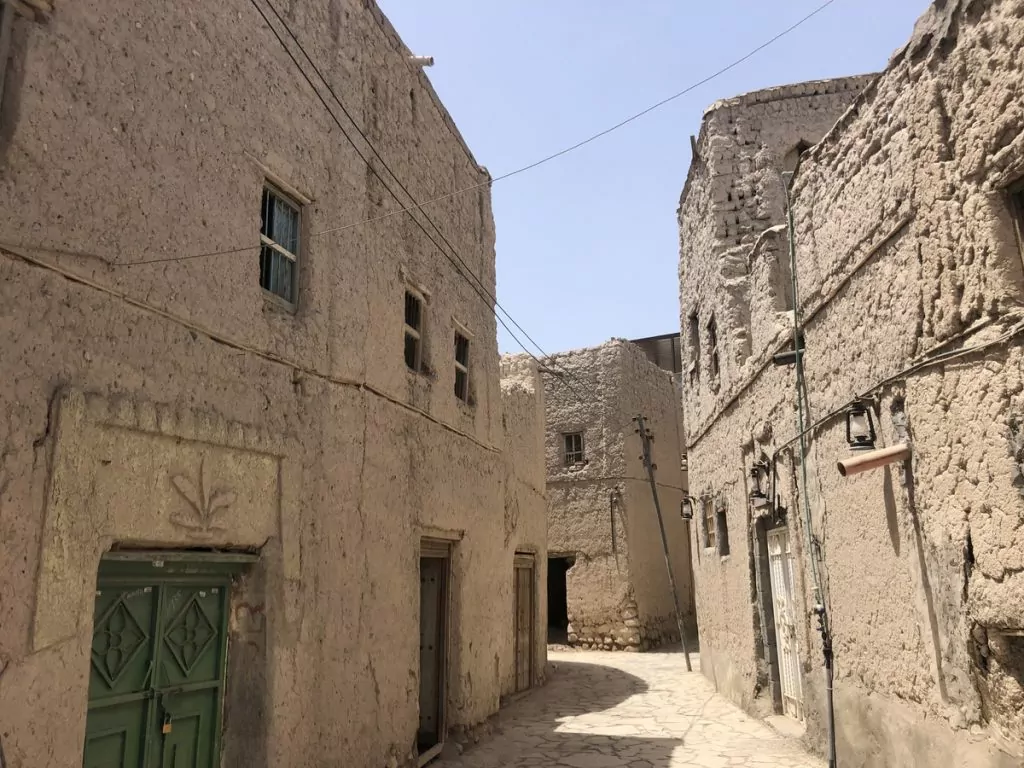
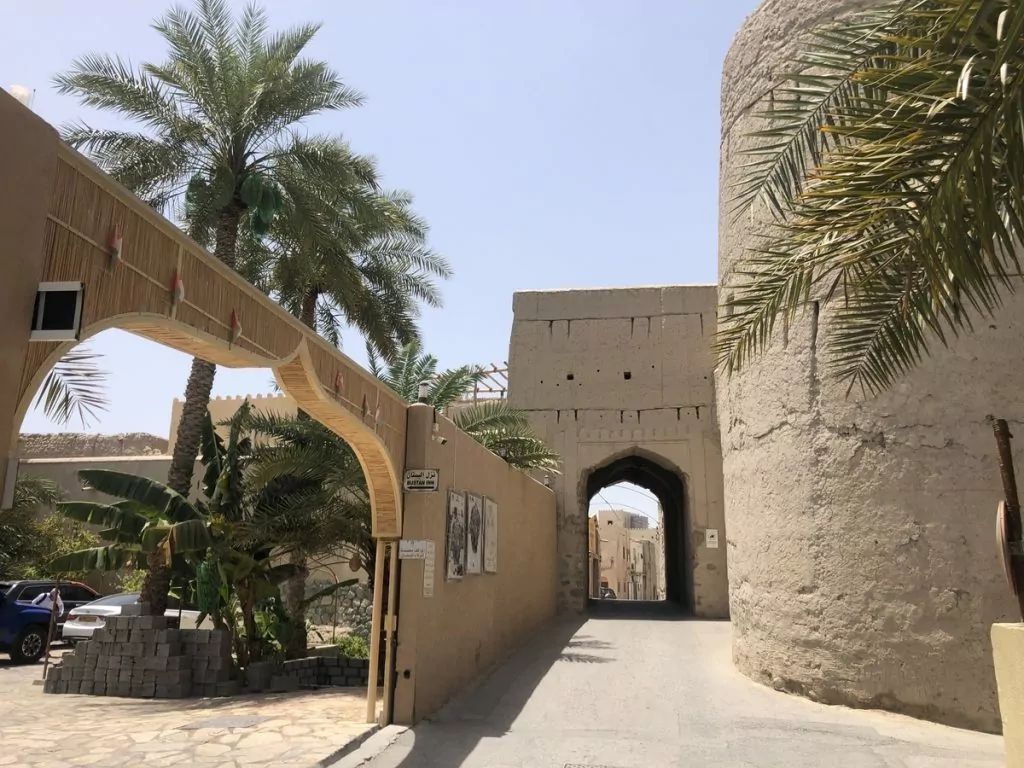
Misfah
Further up in the Hajar Mountains, about two miles from Nizwa, a 300-year-old village sits on a hilltop with houses built of stone and mud. There are a few simple, basic-style hotels that are ideal for a night's stay.
In the morning, you can walk along the small paths and falajas that stretch around the mountain's many terraced farms. The atmosphere is fabulous, and if you're in the mood for coffee, there is at least one cosy café where you can have a good coffee with a view of the palm groves and the surrounding mountains. An excellent destination for those who like hiking in the mountains.
When the summer heat hits, it's nice to head up into the mountains where it's a few degrees cooler. Misfah's narrow alleys are embedded in high mud walls, providing shade and creating a comfortable temperature for most of the day.
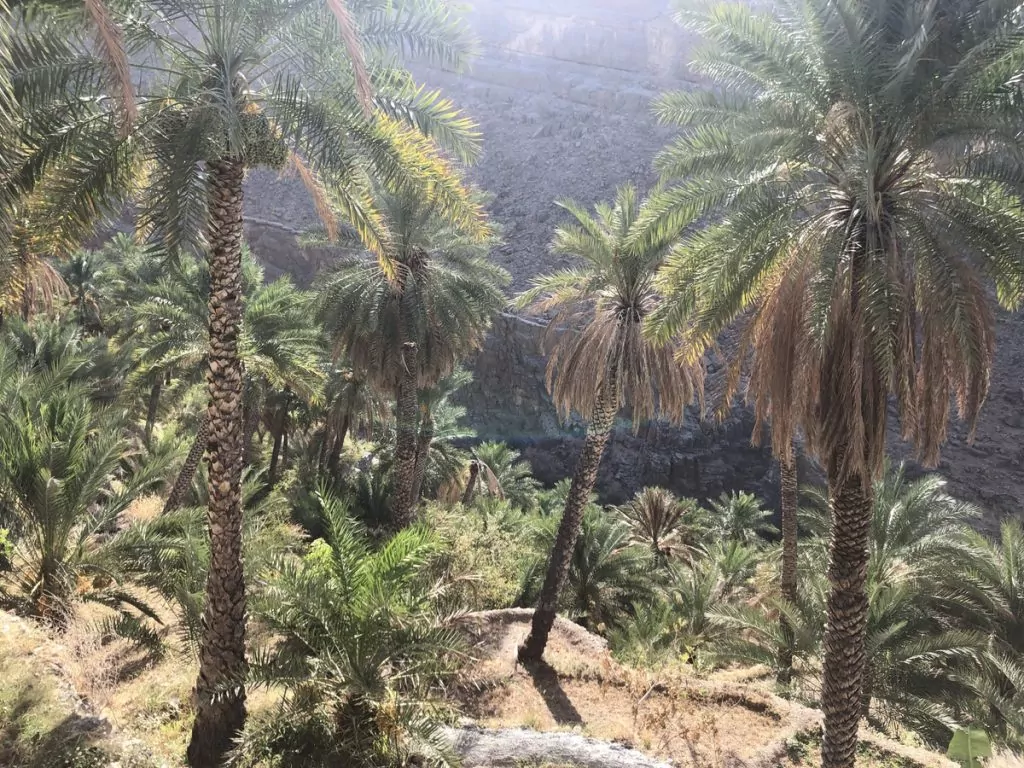
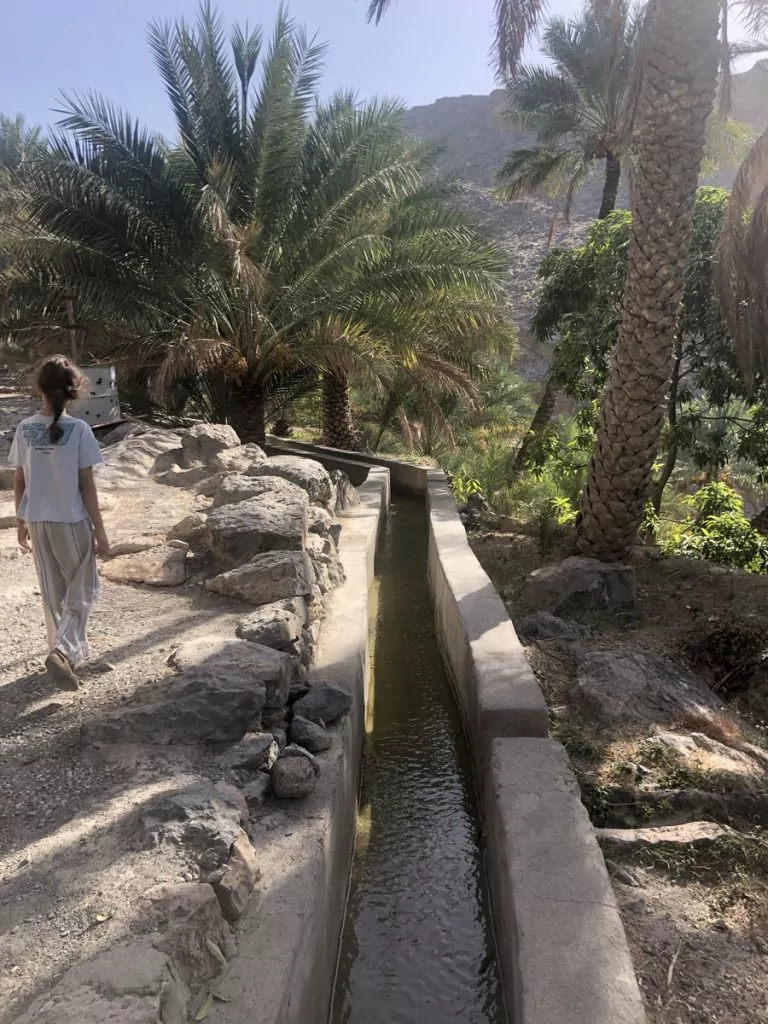
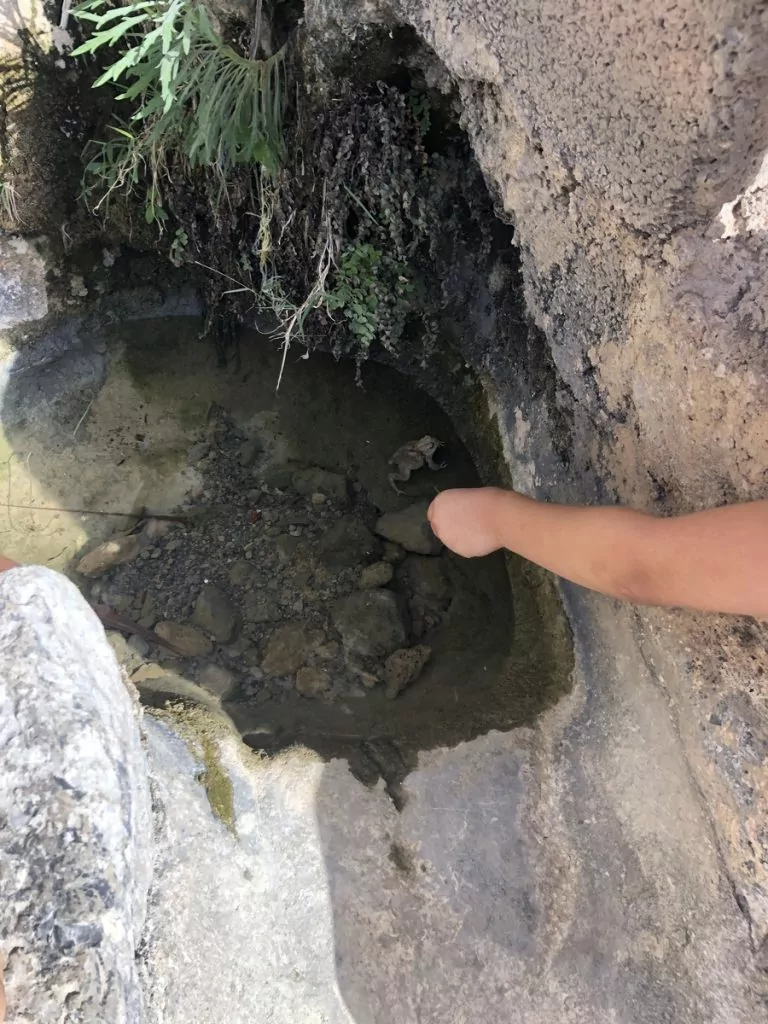
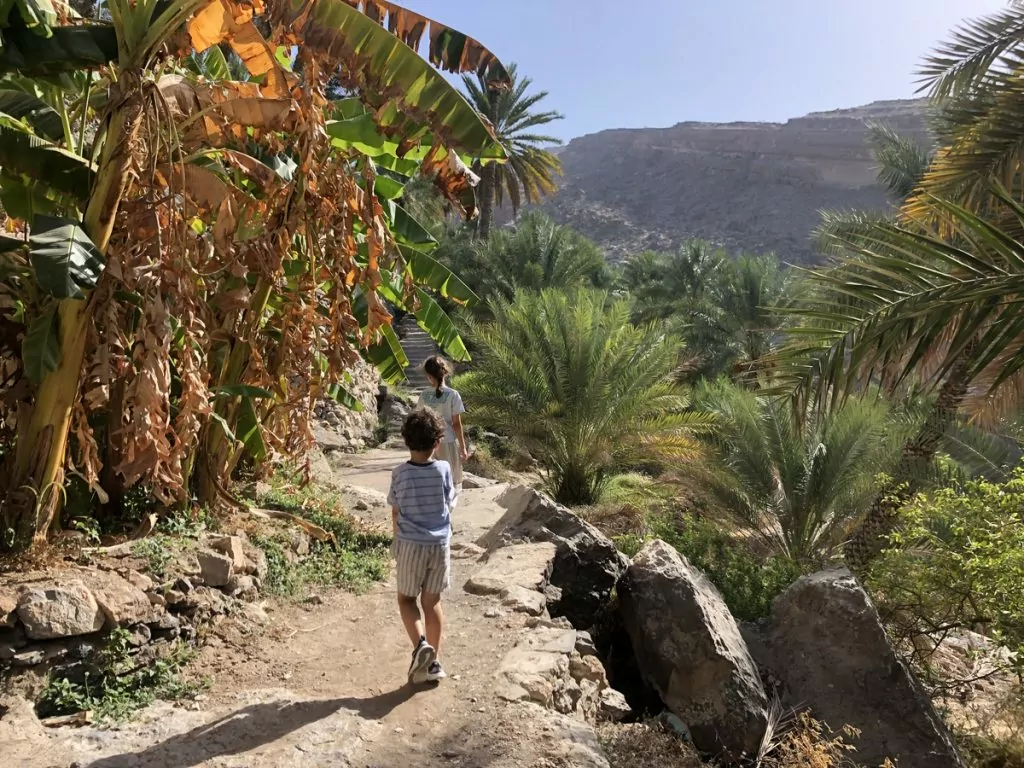
If you have more time, you should visit Salalah in the south where there are parks with leopards and gazelles. It is particularly beautiful after the rainy season, which is between June and September when the climate in southern Oman is tropical.
Many people who have travelled extensively in the region, visiting Kuwait, Saudi Arabia, the UAE, Bahrain and Qatar, have chosen Oman as their favourite destination as its history and nature are the most varied in the region. It is not as modern as the metropolis of Dubai but it is genuine and pleasant. The only downside is the lack of pubs in the smaller towns, but in Muscat you can cool off with a cold beer.
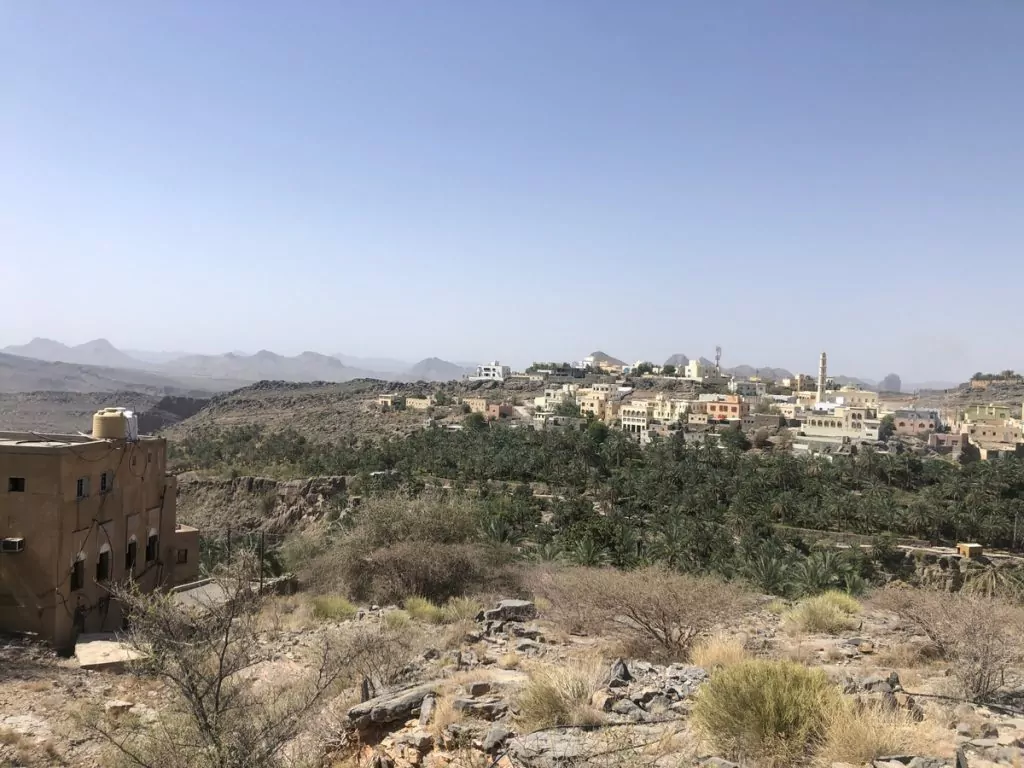


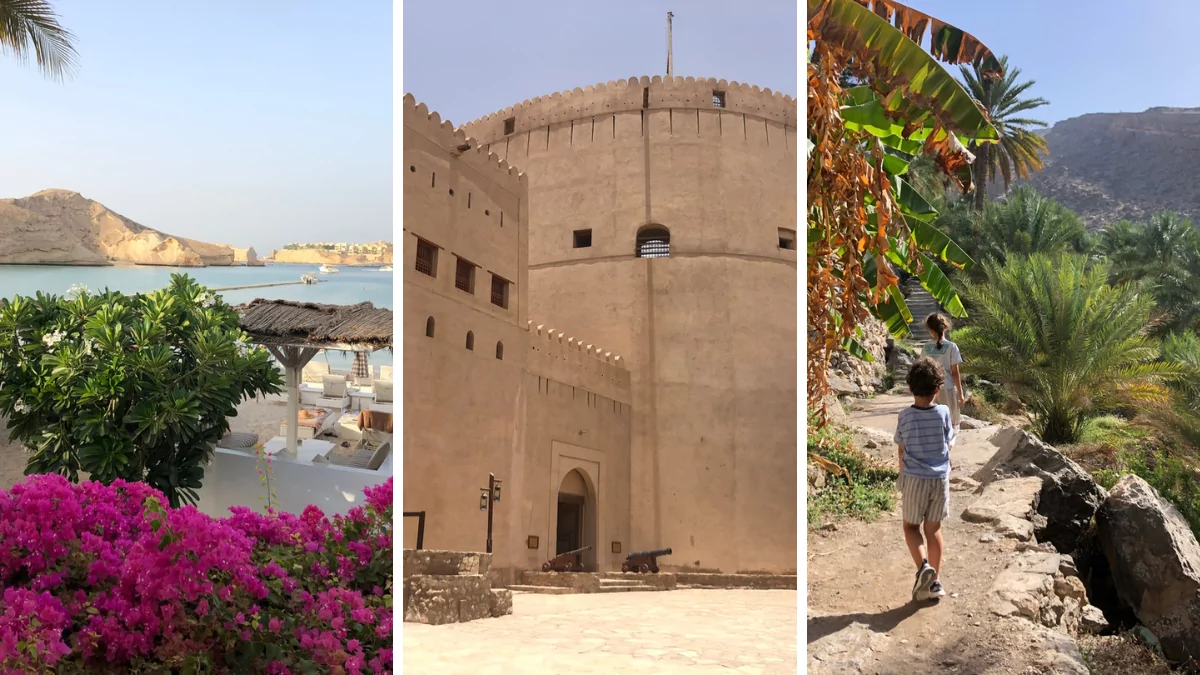






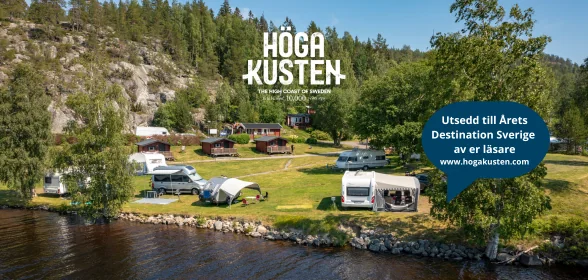



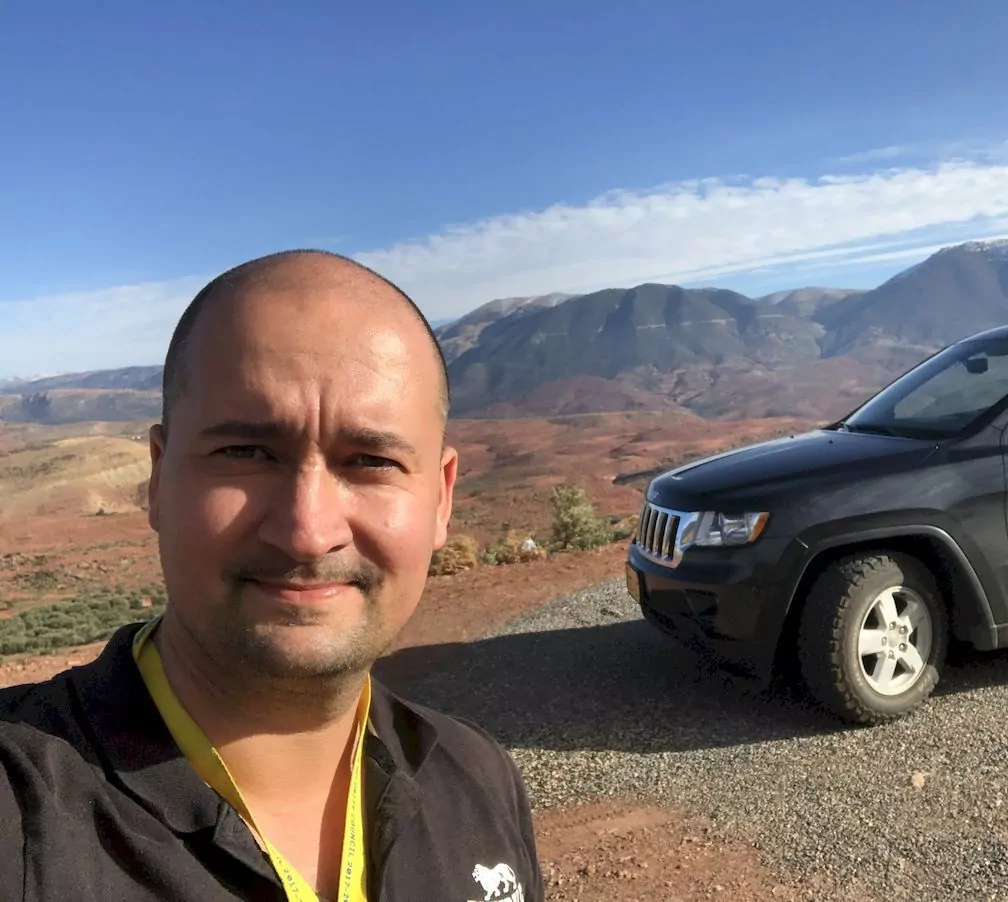

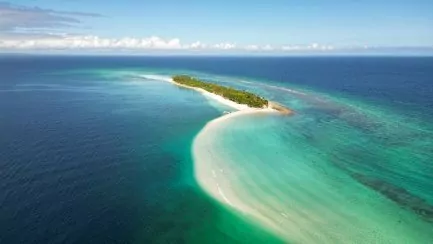
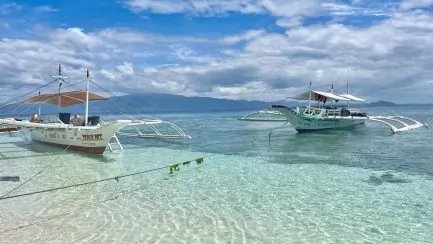
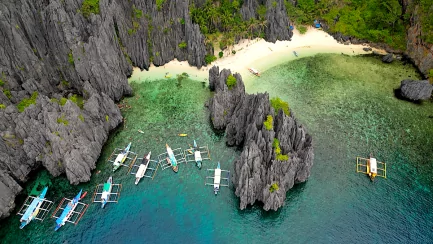
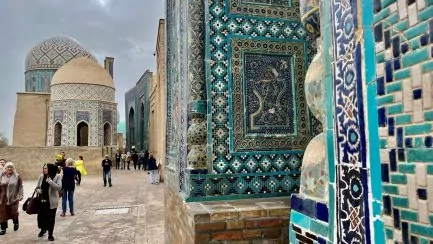

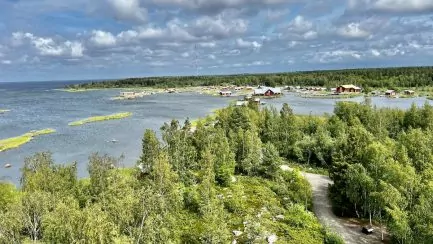



Carin Ager says:
Wow, what memories come up.
We travelled in a rented car and didn't get through a border station on the way home to Dubai, because there was a missing stamp from the border station we entered in Oman. It took time to drive back into the mountains that night. Many hours at the border out!!! We got through eventually.
Mac Donalds on the other side of the border was the best we could experience that night.
These are the adventures to remember!
02 March 2023 - 9:09
Jonathan GDM says:
It sounds stressful but also typical how sometimes you have to do things a certain way just because the staff don't have the courage to make their own decisions! We crossed the border smoothly but made sure to go back through the same passage so it would not be complicated. Going there again soon so will make sure it is stamped properly :)... thanks for the advice!
02 March 2023 - 10:37
Lena - good for the soul says:
Fun to read! Oman is a completely unknown destination for me. It seems to be a really interesting place.
Hug Lena
04 March 2023 - 6:50